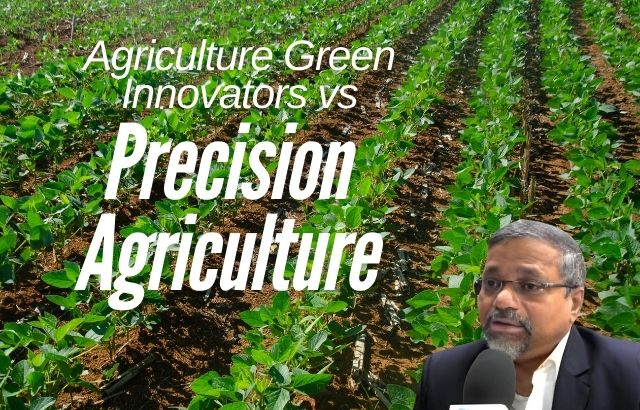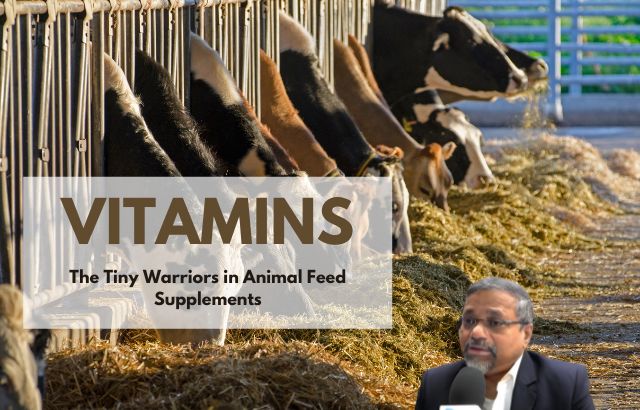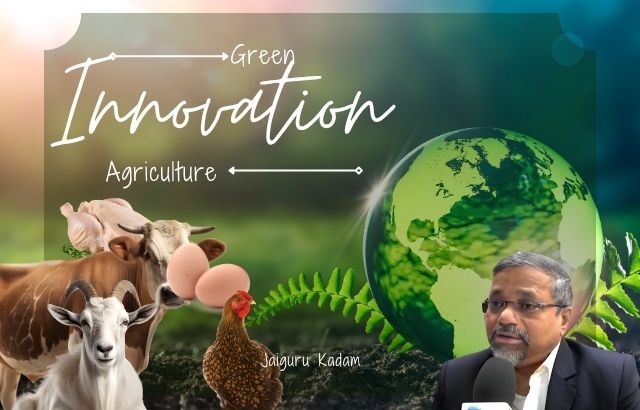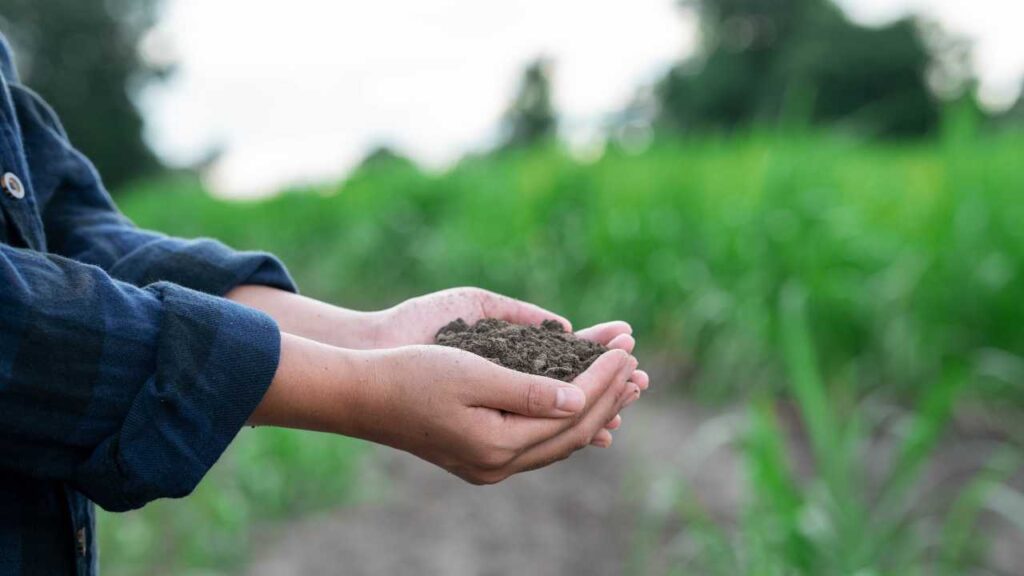Agriculture is the backbone of many economies, providing food, raw materials, and employment. However, conventional farming practices often come at a cost to the environment, including soil degradation, water scarcity, and excessive pesticide use. As the world faces pressing issues related to climate change and resource depletion, innovations in farming techniques are emerging to address these challenges. Among these innovations, green farming practices and precision agriculture stand out. Both focus on improving productivity while minimizing environmental harm, but they take different approaches to achieve sustainability.
In this blog, we’ll dive into the roles of green innovations and precision agriculture in modern farming, highlighting examples, calculations, and the work of notable green innovators like Jaiguru Kadam, as well as intriguing statistics that underscore their importance.
What are Green Innovations in Agriculture?
Green innovations in agriculture refer to practices and technologies designed to enhance farming while minimizing environmental impact. These innovations often focus on sustainable practices such as organic farming, agroforestry, water conservation, and renewable energy use in farming. Green farming prioritizes maintaining ecological balance, enhancing biodiversity, and reducing the carbon footprint.
Examples of Green Innovations:
- Agroforestry: Integrating trees with crops or livestock to improve biodiversity, increase soil fertility, and reduce erosion.
- Organic Farming: Using natural fertilizers like compost and crop rotations instead of synthetic chemicals to avoid harming ecosystems and soil health.
- Water Conservation Technologies: Using rainwater harvesting systems and drip irrigation to efficiently manage water use and reduce water wastage.
- Renewable Energy: Solar-powered irrigation systems, wind-powered mills, and biogas generation from waste all contribute to reducing the dependency on fossil fuels.
What is Precision Agriculture?
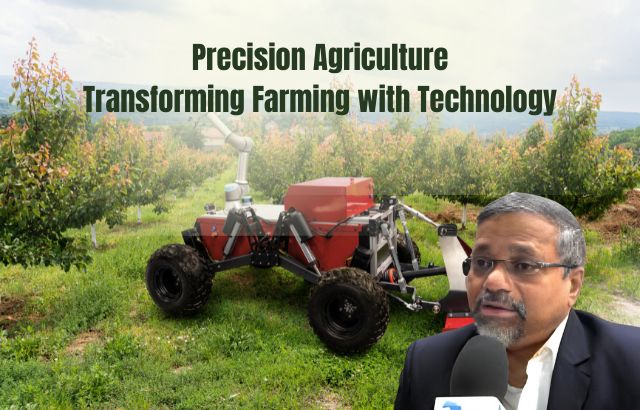
Precision agriculture, also known as “smart farming,” is an advanced farming technique that uses data and technology to optimize the efficiency and sustainability of agricultural practices. It involves the use of tools like sensors, drones, GPS, and data analytics to monitor and manage field variability. The key goal is to apply water, fertilizers, and pesticides more accurately and only where necessary, significantly reducing waste and environmental harm.
Examples of Precision Agriculture:
- Drones and Satellites: These tools provide real-time aerial images of fields, helping farmers identify problems like pest infestations, nutrient deficiencies, and irrigation issues.
- Soil Sensors: Sensors in the soil measure moisture levels, temperature, and nutrient content, providing farmers with the precise data needed for optimal fertilizer and water use.
- Automated Tractors and Harvesters: Self-driving equipment ensures that crops are planted and harvested with minimal soil disruption and maximum efficiency.
- Variable Rate Technology (VRT): VRT allows farmers to vary the amount of fertilizers, pesticides, and water applied to different parts of a field, increasing yields while reducing input costs.
The Role of Green Innovators Like Jaiguru Kadam

Green innovators play a critical role in advancing sustainability within the agricultural sector. Jaiguru Kadam, a leading figure in the field of agricultural innovation, has been instrumental in implementing new technologies and techniques that promote environmentally friendly farming. His contributions revolve around improving water use efficiency and reducing chemical inputs. For example, Kadam’s work in water-efficient irrigation systems has saved thousands of liters of water while improving crop yields.
In his research, Kadam has used precision agriculture tools like soil moisture sensors to determine the exact water needs of crops, which has led to a significant reduction in water usage. In some of his projects, water consumption was reduced by up to 40% without compromising yield, leading to both environmental and economic benefits for farmers.
Fascinating data on Green Agriculture and Precision Farming
- Water Conservation: According to the Food and Agriculture Organization (FAO), precision irrigation techniques can reduce water use by up to 30-50% compared to traditional methods.
- Reduction in Pesticide Use: By using precision agriculture tools, farmers can reduce pesticide use by up to 70%, which helps preserve beneficial insects and the surrounding environment.
- Increased Yield: Precision agriculture technologies can increase crop yields by 10-15% while reducing input costs.
- Carbon Footprint Reduction: Sustainable farming practices like crop rotation and agroforestry can reduce agricultural emissions by as much as 50% compared to conventional farming.
Ask jaiguru -FAQs on Agriculture Green Innovators vs. Precision Agriculture
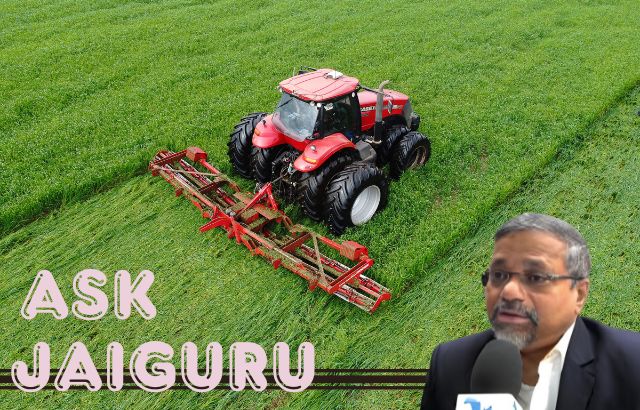
1. What is the difference between green innovations and precision agriculture?
Green innovations focus on sustainable farming practices that enhance environmental stewardship, such as organic farming, agroforestry, and water conservation. Precision agriculture uses advanced technology, like sensors and drones, to optimize farming practices with minimal environmental impact.
2. Can precision agriculture help small-scale farmers?
Yes! While precision agriculture is often associated with large-scale farms, many tools are now accessible to small-scale farmers. Low-cost soil sensors, mobile apps, and affordable drone services have made precision agriculture more inclusive, enabling small farmers to optimize resources and reduce costs.
3. How does precision agriculture reduce costs for farmers?
By applying water, fertilizers, and pesticides only when and where needed, precision agriculture minimizes waste and optimizes resource usage. This leads to significant cost savings, improved yields, and a lower environmental impact.
4. Is organic farming part of green innovations?
Yes, organic farming is one of the key components of green innovations. By avoiding synthetic chemicals, organic farming supports soil health, reduces pollution, and promotes biodiversity.
5. What are the economic benefits of adopting green innovations in agriculture?
While the initial investment in green innovations may be higher, over time, farmers can reduce their dependency on costly inputs like synthetic fertilizers and pesticides. Additionally, the long-term sustainability of the soil and water resources improves profitability in the future.
Conclusion
Both green innovations and precision agriculture are reshaping the future of farming. Green innovators like Jaiguru Kadam are leading the way in promoting sustainable farming methods, while precision agriculture provides a high-tech, data-driven approach to optimizing resources. By combining these two approaches, farmers can increase productivity while reducing environmental harm.
As technology continues to evolve, the agricultural industry is on track to become more sustainable, efficient, and resilient, ensuring that future generations inherit a healthy planet and abundant food sources.

